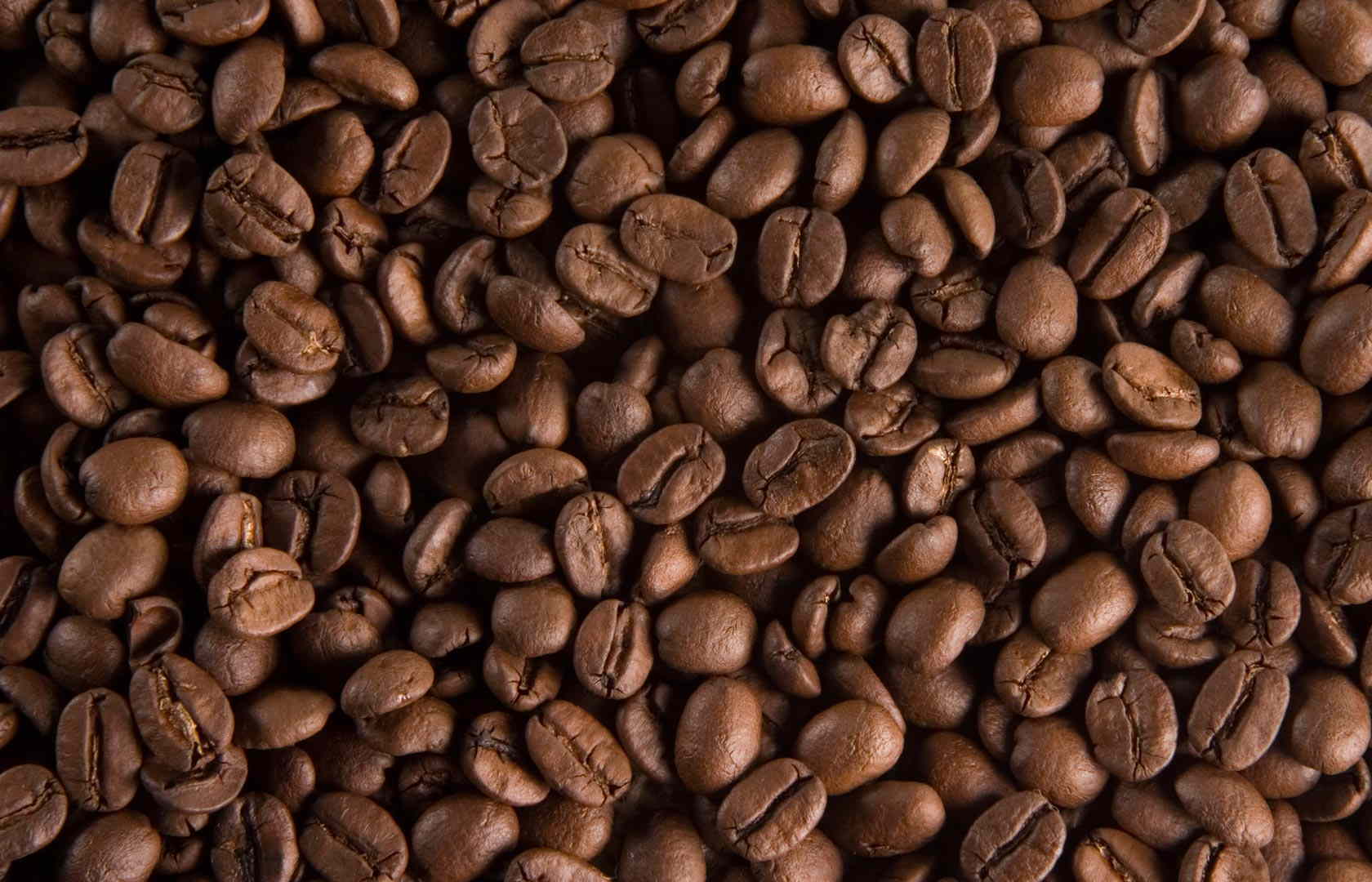Drug and Food Interactions with Caffeine (World on Caffeine)

Most of the caffeine you ingest is metabolized by a CYP450 liver enzyme called “CYP1A2.” This means that the body uses CYP1A2 to “demethylate” caffeine molecules, transforming them into other substances, chiefly paraxanthine, which are ultimately excreted in the urine. CYP1A2 is one of the most abundant CYP liver enzymes and is responsible for the metabolism of several clinically important medications. (...)
When caffeine and another drug are each metabolized by CYP1A2, they compete for the enzyme. As a result, each is said to partially block the “enzymatic metabolism” of the other, and the speed with which they are excreted from the body decreases. When another drug interferes with the production of CYP1A2, the speed with which caffeine is excreted is also reduced. Finally, when a drug increases the production of CYP1A2, the speed at which caffeine is metabolized will also be increased. (...)
Finally, certain substances other than drugs can activate the production of CYP1A2 and thus increase its activity. The polycyclic hydrocarbons found in cigarette smoke, charbroiled foods, and so-called “cruciferous” vegetables, such as broccoli and cauliflower, are capable of inducing this enzyme, that is, of increasing its production. If you smoke cigarettes, the amount of CYP1A2 available in your body to metabolize caffeine increases, and the speed with which you metabolize caffeine increases correspondingly.
http://worldofcaffeine.com/drug-and-food-interactions-with-caffeine/
